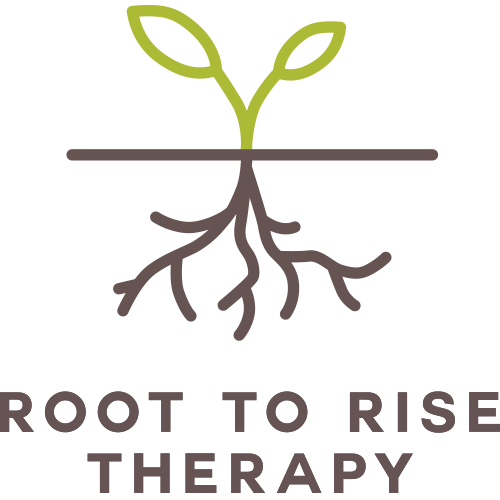Before beginning the process of applying to grad school, I couldn’t have confidently told you the difference between a therapist, a counselor, a psychologist, and a social worker. The deeper I dove, the more titles were introduced: AMFT, LMFT, APCC, LPCC, LCSW, PhD, PsyD… Needless to say, I was confused. Now, after graduate school, practicums, internships, and a lot of studying in between, I can proudly say that I am a Licensed Marriage & Family Therapist (LMFT) at Root to Rise Therapy, which employs both Associate Marriage & Family Therapists (AMFTs, who are pre-licensed) and LMFTs. There are benefits to working with both, and I can wholeheartedly recommend every therapist at our practice. For more information about our amazing AMFTs you can read their bios and check out this past blog post about the benefits of working with an AMFT.
For this post, I will focus on 5 key benefits of working with an LMFT:














